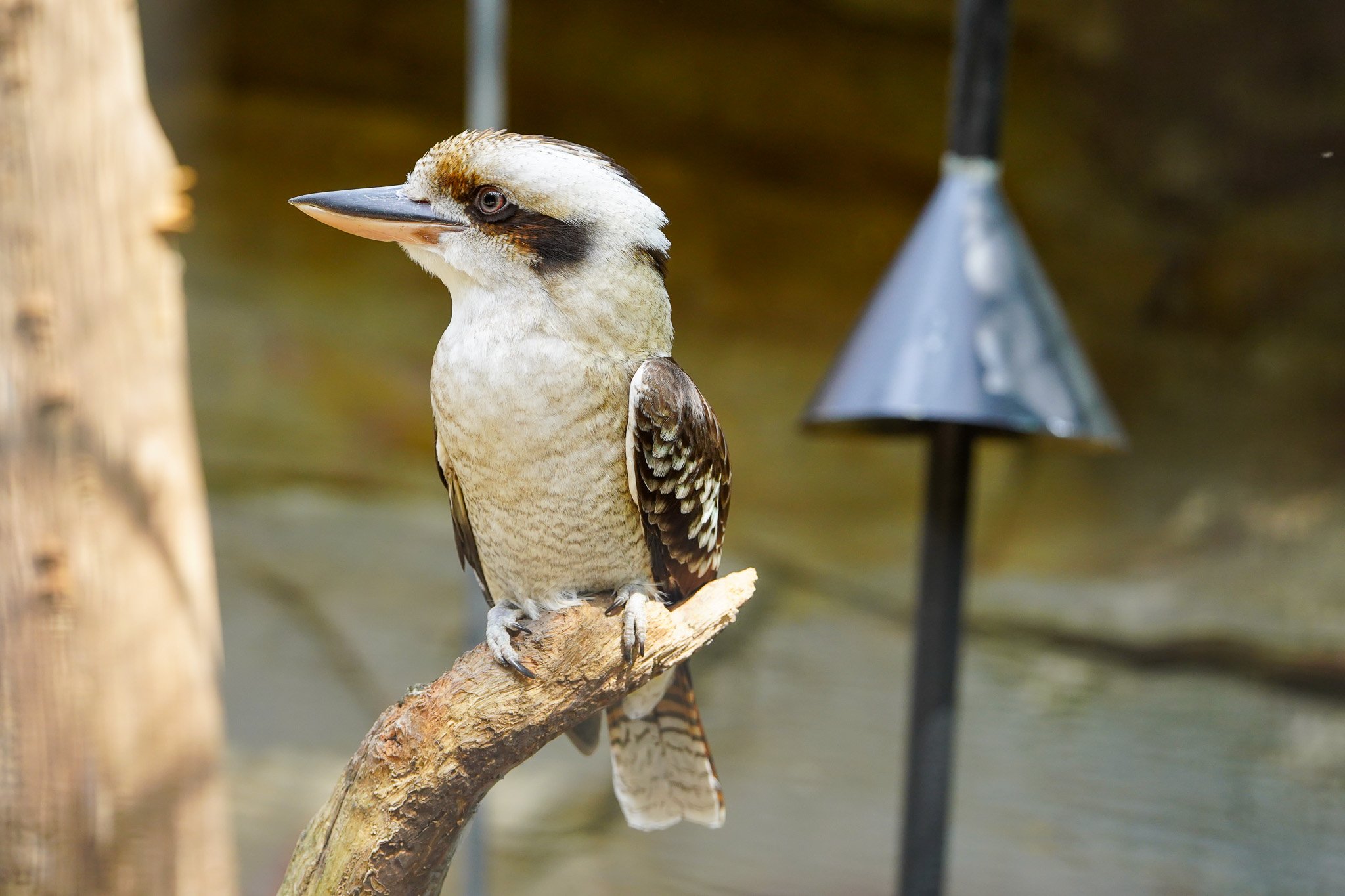
Marmoset
Marmosets are small, social primates known for their playful behavior and unique vocalisations, primarily found in the tropical forests of South America, where they thrive in family groups and primarily feed on fruits, insects, and small vertebrates.
Learn about the Marmoset
Scientific Name: Callithrix spp.
Classification: Varies by species; many are classified as Least Concern, but some are endangered.
Size: Typically measure 20-35 cm in body length and weigh around 300-500 grams.
Distribution: Native to the tropical forests of Brazil, Colombia, and surrounding regions in South America.
Diet: Omnivore, primarily consuming fruits, insects, and small vertebrates.
Lifespan: Approximately 12-16 years in the wild, and up to 18 years in captivity.
Breeding Size: Usually gives birth to twins.
Primary Threats: Habitat loss, deforestation, and illegal pet trade.
Where are Marmosets Found?
Marmosets are found in the tropical and subtropical forests of South America, often living in family groups in the canopy, where they are agile climbers.
Why are Marmosets Classified as Varying Levels of Concern?
Marmosets face varying levels of conservation concern due to habitat destruction and illegal pet trade, with some species being more vulnerable than others.
Do Marmosets Have Long Lives?
Marmosets can live around 12-16 years in the wild and longer in captivity, exhibiting complex social structures and engaging in playful, social interactions within their family groups.









